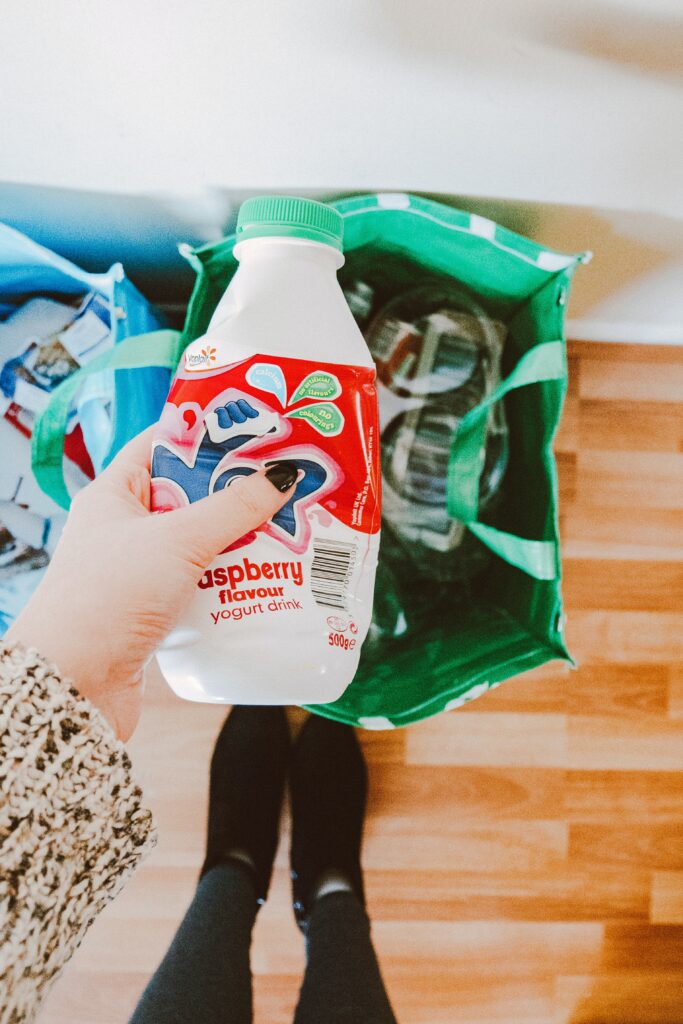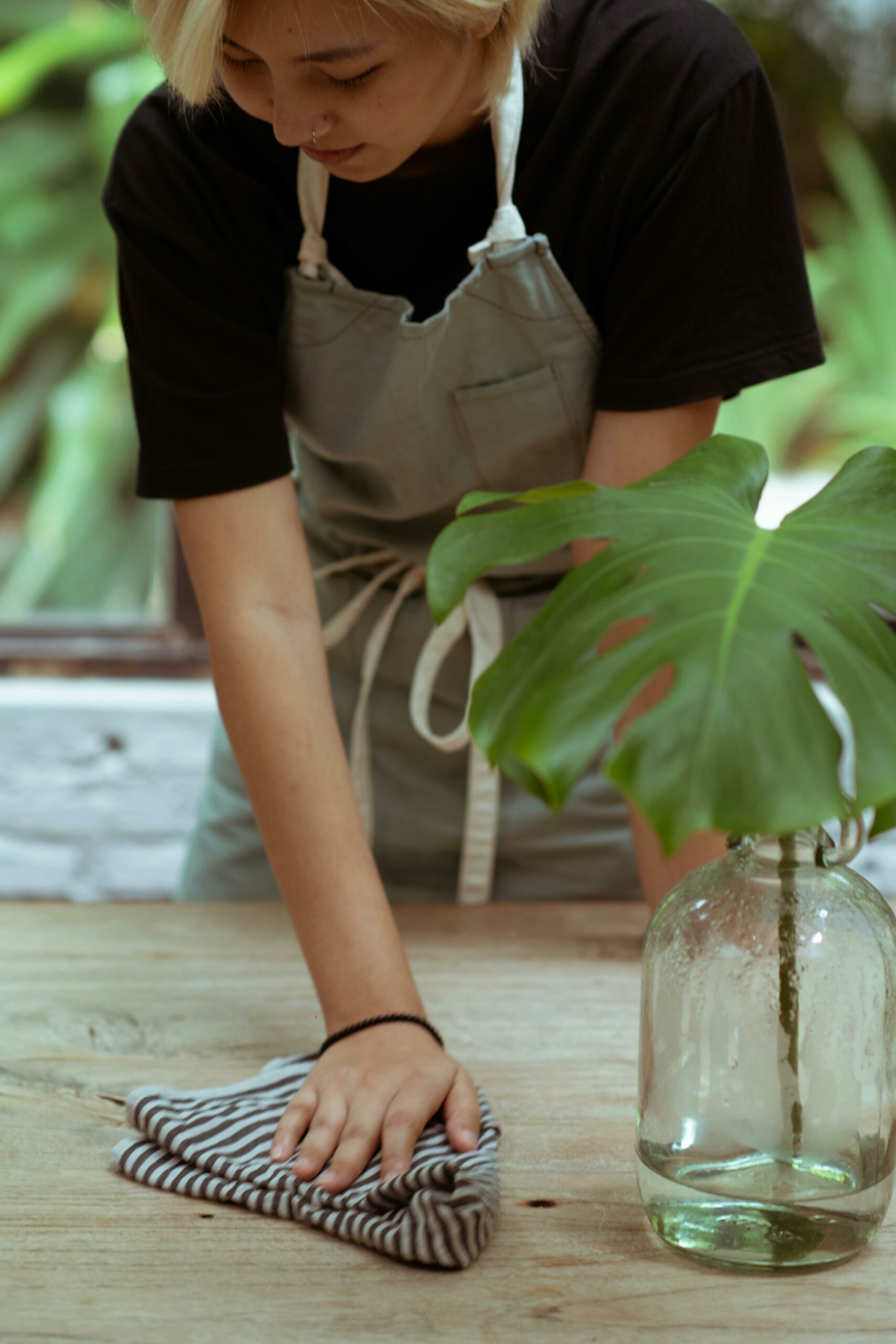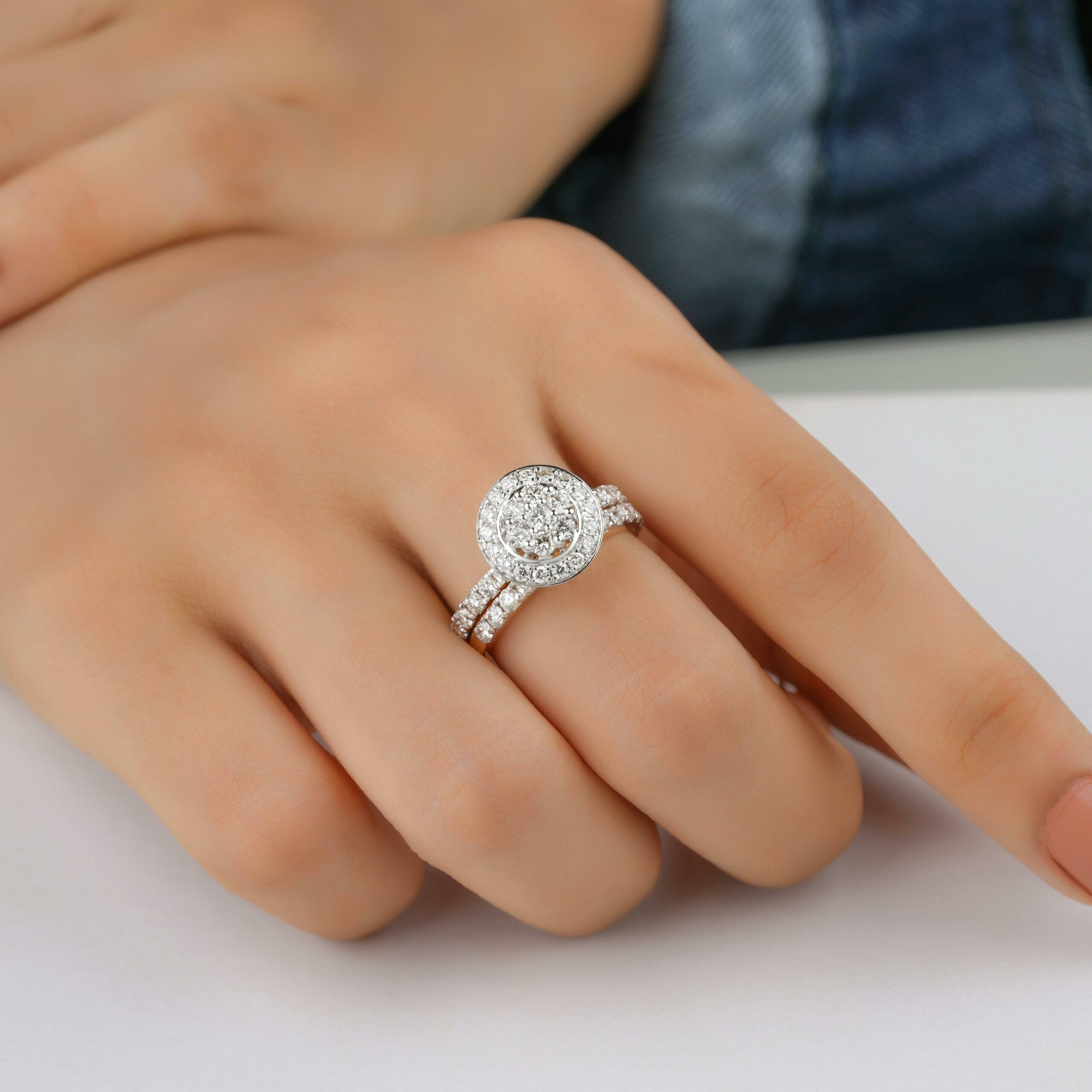Everyone plays a role in reducing the impact of climate change, and one of the major contributors is the amount of waste many people produce daily. Landfills release toxic methane that affects the atmosphere. What can you do as a mom to become more low-waste?
Doing your part means acting mindfully and considering your daily habits’ impact on the overall environment. Evaluating those practices can help you see what you can do better.
What are some small ways to improve your carbon footprint and decrease the amount you toss in the trash? These five tricks will make you a low-waste mom.

1. Upgrade Your Waste Disposal Methods
How does your household dispose of waste? Many families have a single can where they toss everything. In areas where single-stream recycling is available, doing so is simple and convenient. Unfortunately, it’s not the most eco-friendly choice.
If you want to become a low-waste mom, educate yourself about the following recycling options and take action.
Recycle Right
Unfortunately, single-stream recycling results in many otherwise reusable items heading to landfills because of cross-contamination. For example, glass, a nearly infinitely recyclable material, often breaks, and the pieces are too small for the machines to capture.
Other goods become so caked with filth that overseas centers won’t accept them.
Fortunately, most areas have sorting centers for your clean and separated recyclables. It takes only a fraction more effort — you can coordinate drop-off with other errands, so you aren’t producing unnecessary emissions. Doing so matters, and your local center might take more items than you realize. Please ensure you recycle the following often-tossed items:
- Batteries
- Carpet
- Packing Materials
- Fluorescent light bulbs
- Electronic devices
- Ink cartridges
- Shredded paper
- Construction wood
If your sorting center doesn’t accept electronics, you have other options. Staples will take your old laptops, printers, keyboards, mice, and ink cartridges off your hands for free and recycle them for you.
Battered women’s organizations often need donated cell phones for those escaping intimate partner violence.
Compost
Keep going with your improved waste management processes by composting. Why? Organic materials like food scraps and used paper towels require oxygen to break down into rich, loamy soil.
The conditions in landfills are anaerobic, meaning there’s no oxygen, resulting in 11% of global methane emissions — a major contributor to climate change.
The solution? Compost. Creating a backyard bin from pallets you can pickup free at hardware stores is fairly simple. Apartment dwellers can find countertop models that eliminate odor. What should you include? Add the following to your compost bin:
- Vegetable-based food scraps
- Used paper towel and unbleached coffee filters
- Lawn clippings
- Brush and debris
You should avoid putting the following materials in your compost, as they release dangerous bacteria that can contaminate soil during the breakdown process:
- Meat scraps
- Animal waste
2. Learn What Packaging to Avoid
Perhaps the easiest way to become a low-waste mom is to create less trash. One of the biggest contributors to your rubbish bin is all the packaging manufacturers use today. Learn how to evaluate these materials and opt for eco-friendly, compostable or recyclable designs whenever feasible.
For example, you can’t recycle most plastics, like the clamshells many manufacturers use to deter theft. Plus, they’re impossible to open, often resulting in painful cuts. Whenever possible, seek items that use as little plastic as possible.
3. Switch to Cloth Diapers
Disposable diapers are convenient, and no one will fault a busy parent for using them. However, if you want to be a low-waste mom, going cloth is your better bet for several reasons:
- Energy used in production: Making new diapers uses energy and water. Cloth diapers also use up resources during manufacturing, but the final product lasts much longer, reducing production demands.
- Chemicals in landfills: While you can find eco-friendlier disposables, many brands contain plastic liners that can leak chemicals into the soil during decomposition.
- Less waste: Cloth diapers are made of natural fibers like cotton and bamboo that you can compost or reuse when their useful life as a nappy ends. Disposable diapers go straight to the landfill.
4. Pack a Lunch
Food waste is a major source of greenhouse gas emissions when organic waste ends up in landfills. Furthermore, many school cafeterias use inexpensive disposable plastic forks, spoons and serving trays that contribute to landfill fodder.
Your child will love a snazzy Bento box that organizes their food in neat compartments. Some versions even keep cooked foods toasty so your child can enjoy a hot lunch. When they finish, simply place the scraps back in the container to transport home and compost.
5. Instill the Value of Experiences Over Stuff
When you ask your child what they want for the holidays or their birthday, do they present a laundry list of gadgets and toys? Look at this as the perfect teachable moment to help your child value experiences more than stuff.
For example, you might point to a toy they once threw a temper tantrum to have that now sits unused in their closet. Explain in child-friendly language how material items only provide temporary happiness.
Memories and good times shared with family and friends build relationships and trust, bringing them repeated joys for a lifetime.
Buying more stuff only satisfies a temporary desire — it doesn’t result in happiness. What brings true joy are the connections we make with others.
Instill this value in your child by opting to give your kids your presence instead of presents, booking delightful, eco-friendly excursions for birthdays and holidays like picnics in the park. You’ll strengthen your bond and break the consumerism mindset that has the world teetering on the edge of climate disaster.
Tricks to Make You a Low-Waste Mom
Everyone plays a role in reversing the climate crisis. The five tricks above will transform you into a low-waste mom, and they only take a small initial effort to achieve. Tackle one at a time and reward yourself for your actions, eco-warrior.





